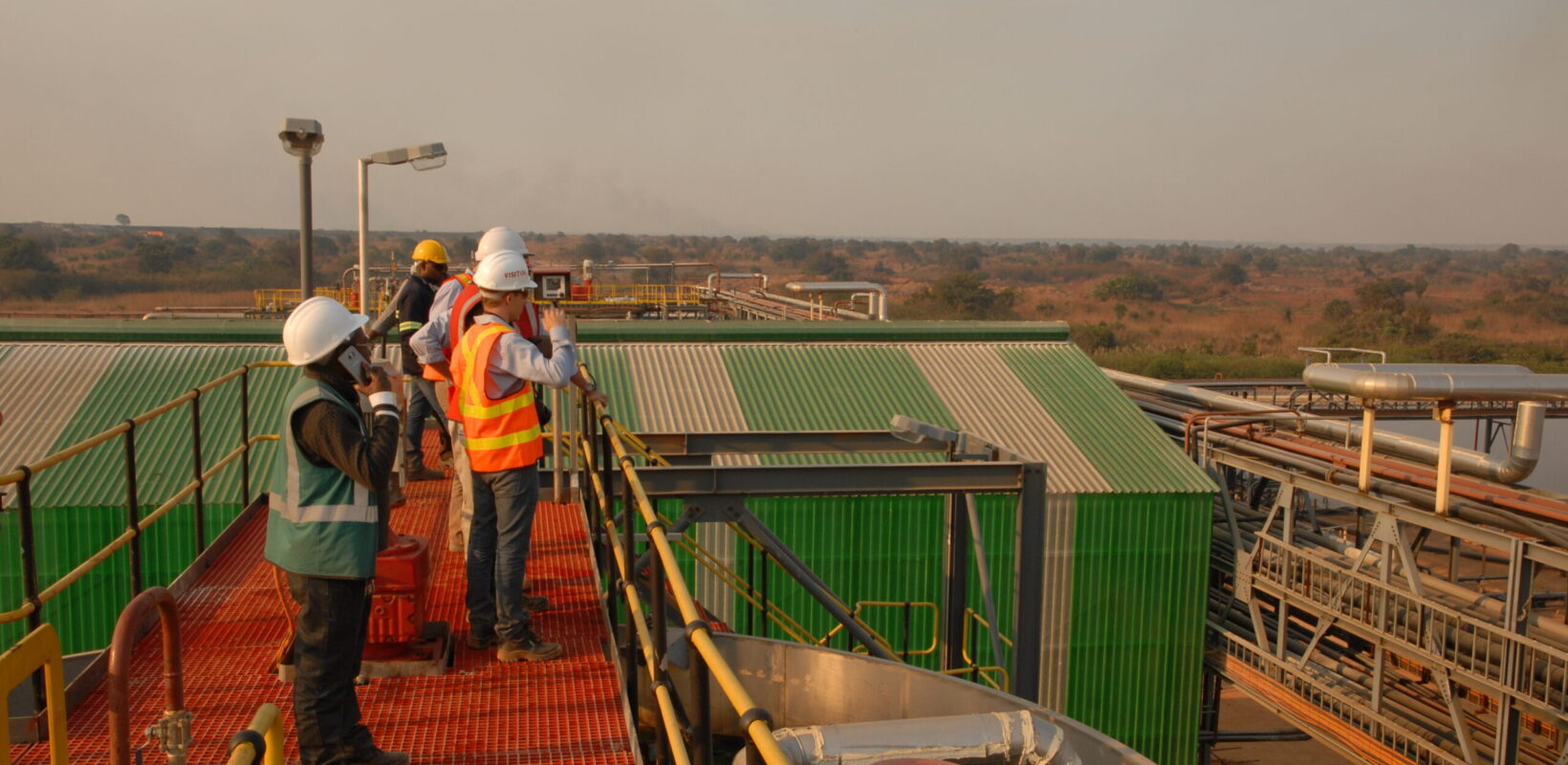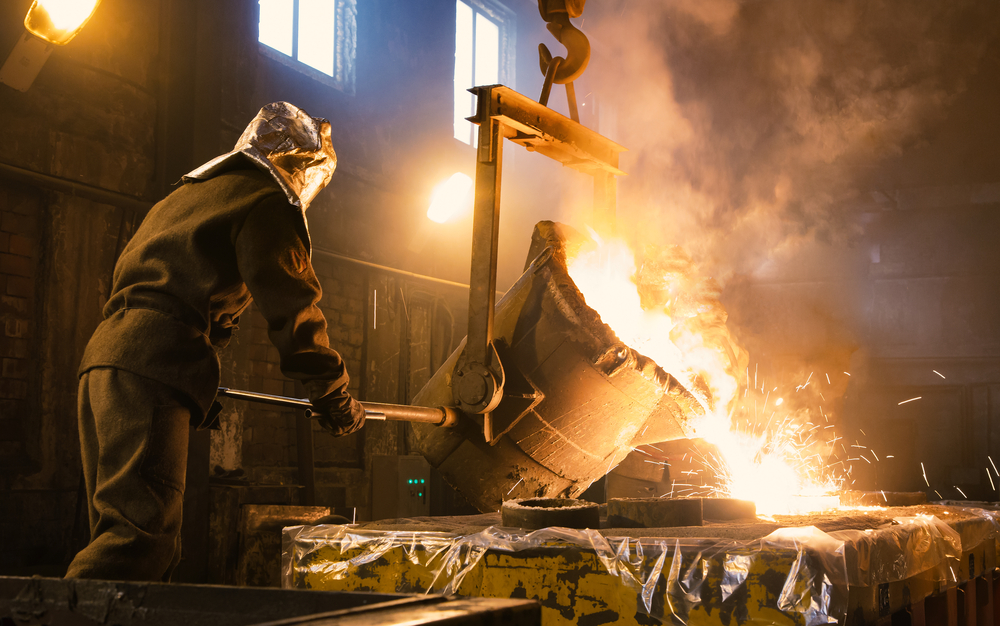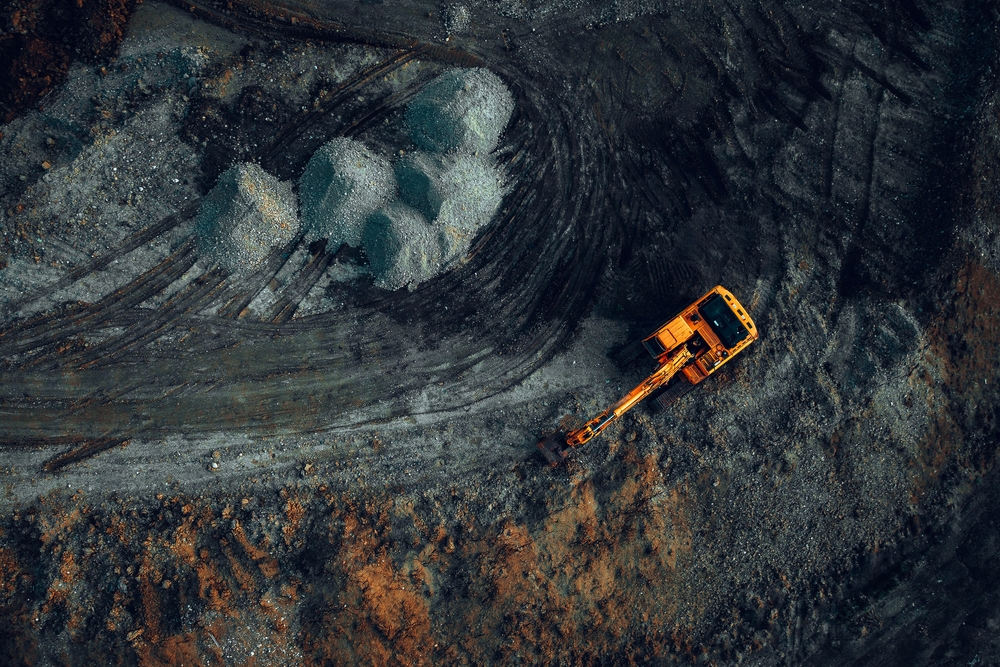
Which mining certification is best for compliance teams: CMSI or IRMA?
SUMMARY: Mining certification standards like CMSI and IRMA differ in governance and assurance approaches. CMSI uses industry-led governance and tiered performance levels, while IRMA applies multi-stakeholder oversight and phased assurance. Both aim to promote responsible mining standards, but vary in how stakeholder voices influence decision-making and how sites achieve and demonstrate compliance.
Written by Jania Rozas
Introduction
Mining companies face a growing need to demonstrate responsible practices through credible certification. As responsible mining standards evolve, two initiatives stand out:
- CMSI (Consolidated Mining Standard Initiative) a new, industry-backed effort to unify major frameworks.
- IRMA (Initiative for Responsible Mining Assurance) a well-established, multi-stakeholder standard.
Both standards aim to improve accountability and streamline expectations, but they differ in governance, assurance models and how companies engage with them. This article explores those differences and what they mean for mining companies preparing for certification.
Governance: Who holds the power?
Governance structures shape how standards are developed, enforced, and perceived. Governance influences a standard’s credibility and how it balances interests of different stakeholder groups (industry, civil society, communities, etc.). Below, we break down how each initiative is governed and what that means in practice.
CMSI vs IRMA: governance at a glance
| ASPECT | CMSI – Consolidated Mining Standard Initiative | IRMA – Initiative for Responsible Mining Assurance |
| Founding bodies | Industry-led (ICMM, WGC, MAC, Copper Mark) | Multi-stakeholder (industry, NGOs, communities, labour) |
| Board structure | 17-member board with broad stakeholder groups. Four seats each for (1) mining companies, (2) mining stakeholders (one Indigenous, one labour, one human-rights/social, one environment), (3) value-chain companies (e.g., OEM, recycler, component maker), and (4) value-chain stakeholders. | 12 voting directors, two per each of six sectors: mining companies, downstream purchasers, NGOs, affected communities, organised labour, and investors/finance (plus up to three non-voting at-large). |
| Decision-making | Supermajority (70%) with cross-group support. Voting would require positive affirmation from all four groups. | Sectoral veto, two “no” votes from one sector can block. |
| Chair selection | Independent Chair via joint nominations committee. | Sector-elected or board-appointed |
| Secretariat | Hosted by The Copper Mark | Independent non-profit |
What this is likely to mean in practice
The governance model behind a standard isn’t just a technical detail, it directly shapes how decisions are made, whose voices are heard and how credible the standard is perceived to be by stakeholders. For mining companies preparing for certification, understanding these governance dynamics is essential. Here’s why:
1. Breadth vs stakeholder power: balancing scale and credibility
CMSI is designed for rapid uptake across the industry. Its governance model brings together a wide range of actors, from mining companies to downstream users and value-chain stakeholders, under a single umbrella. This breadth is intended to support scalability, with the potential to reach over 100 companies and 600 facilities.
IRMA is composed of two representatives from each of six stakeholder sectors: mining companies, companies that purchase mined materials to make other products, NGOs, affected communities, organized labour, and investors. Its smaller, more diversified board gives non-industry actors stronger formal influence.
CMSI and IRMA take different approaches to assurance levels and stakeholder engagement, each with distinct implications. CMSI’s structure is designed to align with existing industry frameworks and includes a broad stakeholder base, which can support inclusivity but may also raise questions about how rights-holders’ voices are prioritised. IRMA, on the other hand, has a governance model intended to ensure balanced representation and limit the dominance of any single interest group, which can strengthen credibility with external audiences. However, this structure may require more extensive internal coordination and engagement to meet its expectations.
2. Who holds the seats: representation vs influence
IRMA guarantees dedicated seats for affected communities and organised labour, ensuring that rights-holder voices are not diluted.
CMSI reserves specific seats for mining stakeholders (e.g. indigenous peoples, labour, human rights, environment), but its value-chain stakeholder category is broader, potentially including multilaterals, academics, or others not directly affected by mining operations.
The effectiveness of stakeholder representation depends not only on who is appointed, but also on how well the process supports meaningful participation. While rights-holder voices can be either robust or diluted depending on governance and implementation, the practical application of these frameworks by industry also plays a critical role. Clear guidance, operational feasibility, and alignment with existing practices influence how effectively companies can engage with and respond to stakeholder input at site level.
3. Decision safeguards: how much protection for non-industry voices?
CMSI requires a 70% supermajority and support from at least three of the four stakeholder groups. While this ensures cross-group consensus, the broader groupings mean that internal diversity within a group (e.g. NGOs vs multilaterals) could dilute the influence of rights-holders.
IRMA uses a sectoral veto: if both representatives from any one sector vote “no”, the proposal fails. This gives each group a clear blocking power.
IRMA’s model offers a formal protection for minority or non-industry interests. CMSI’s approach promotes consensus but may be more vulnerable to internal imbalances because CMSI groups are broader than IRMA’s sectors, the practical protection for rights-holders depends on how those groups are populated.
4. Chair selection: optics and independence
- CMSI has responded to concerns about industry dominance by introducing a nominations sub-committee, equally drawn from its stakeholder and industry advisory groups, to select the independent chair.
- IRMA’s chair selection process is more decentralised, with sectoral input and board-level appointments.
While CMSI’s revised process improves transparency, perceptions of independence will depend on who is ultimately appointed.
5. Strategic timing: governance as a signal of readiness
The release of CMSI’s governance model signals that the standard is moving towards operationalisation, with finalisation expected by mid-2026. This gives companies a clear window to begin internal alignment, reviewing current practices, identifying gaps and preparing for future audits. Companies that act early can shape internal readiness, reduce future compliance costs and demonstrate leadership in responsible mining.
Assurance and “basic levels”: lowering barriers vs ensuring rigor
CMSI and IRMA are assessed at the site level, not the company level. However, they differ in their approach to assurance levels and scaling participation, particularly in how they offer entry-level recognition to encourage broader adoption. These models reflect distinct philosophies on how to balance accessibility with credibility. Let’s unpack that.
CMSI’s tiered performance levels
CMSI introduces a three-tier system for each requirement:
- Foundational Practice – entry-level compliance.
- Good Practice – the minimum threshold for public recognition.
- Leading Practice – aspirational best-in-class performance.
This structure allows companies to enter the system even if they’re not yet fully compliant. A mine assessed at the Foundational level can still participate, implement improvement plans, and work towards Good or Leading status. However, only those meeting good practice across all areas (or a defined threshold) can make external claims of responsible production.
Implications in practice
CMSI’s tiered model is intended to be a pragmatic response to the complexity of global mining operations. It aims to lower barriers to entry, enabling companies to begin their certification journey without needing to meet every requirement upfront. This is particularly helpful for sites in transition or operating in regions where ESG systems are still maturing. The model also supports scale by aligning with existing industry commitments, making it easier for companies already engaged with ICMM, WGC, MAC or Copper Mark to transition into a unified framework.
However, the lack of public recognition at the Foundational level may reduce external pressure to improve, and the emphasis on Good Practice as the threshold for claims could unintentionally create a ceiling, where companies meet the minimum and stop there. Without strong incentives or market differentiation, Leading Practice risks remaining aspirational. The tiered structure also may raise questions around how consistently it can be applied across different operations. As this standard assess at the site level, it’s understandable that companies with multiple mine sites may not advance all locations at the same pace. Operational differences, resource constraints, or strategic priorities can all influence how and when individual sites progress.
For mining companies, the opportunity lies in using the framework not just to comply, but to drive internal performance and demonstrate leadership, treating the tiers as a roadmap for strategic improvement rather than a compliance checklist.
IRMA’s multi-level assurance model
IRMA offers a phased approach of four achievement levels for mine sites, starting with:
IRMA Transparency – requires only that mines be audited by an IRMA-approved audit firm and release their results publicly.
IRMA 50 / 75 / 100 – recognises increasing levels of compliance based on audit scores.
Transparency is the most accessible entry point: a mine can undergo an audit, publish the results, and earn recognition even if it fails to meet most criteria. This model aims to prioritise openness and encourage companies to begin the journey.
IRMA recommends starting with a confidential self-assessment before pursuing any audited levels. Mining companies can use IRMA’s online tool to evaluate their performance against the IRMA Standard. This helps identify gaps early so they can be addressed before inviting independent auditors. Note that the self-assessment does not require an audit, is not a recognized achievement level and does not yield public recognition.
IRMA and CMSI allow phased implementation; companies can certify a few sites first, then expand over time.
Implications in practice
IRMA’s assurance model reflects a strong commitment to transparency and stakeholder trust. By allowing companies to enter at the Transparency level, it lowers the barrier to entry and encourages early engagement. This can be a powerful tool for building credibility, especially with buyers, investors, and civil society, who value openness over perfection. However, it also introduces reputational risk, as some buyers, investors or civil society might focus only on the gaps rather than recognising the commitment. Publishing audit results for each of the four achievement levels (Transparency, 50, 75 and 100), even without meeting performance thresholds, requires a high level of internal confidence and readiness. Companies must be prepared to explain gaps and demonstrate how they plan to improve.
The phased implementation model adds flexibility, but may lead to uneven adoption across sites, making it harder to present a unified ESG narrative. For mining companies, IRMA’s model offers a clear pathway to build legitimacy, but it demands a proactive approach to stakeholder communication, internal alignment, and continuous improvement. The reward is a certification that carries weight not just because of what it claims, but because of how transparently it’s earned.
Goal of scale: two models, one ambition
CMSI and IRMA share an objective: make responsible mining standards more mainstream. Both recognise that companies don’t start at 100%, and both offer structured pathways for improvement, but the incentives, expectations, and reputational dynamics differ.
While CMSI and IRMA represent distinct approaches, they are not necessarily incompatible at the company level. Some mining companies may choose to engage with both initiatives, for example, operating IRMA-audited sites, and other assets to meet CMSI requirements. Companies considering both will need to weigh the strategic benefits of broader recognition against the potential operational complexity and audit burden.
Conclusion
Preparation is the differentiator
Voluntary mining standards are consolidating and becoming central to how companies demonstrate ESG performance. Whether driven by regulation, investor pressure, or buyer expectations, the demand for credible assurance is growing.
In this context, Kumi’s view is that strong standards like CMSI and IRMA are broadly positive. They can play an important role by driving improved practices, enhancing transparency, and providing assurance that minerals are sourced responsibly. But certification standards are not a panacea. What matters is how both mining companies and their stakeholders, such as downstream purchasers of minerals, engage with the process. Certification against standards such as CMSI or IRMA is not a tick-box exercise. Achieving conformance requires time, often significant investment by the mining company, and internal alignment, from policies and systems to training, data collection, and operational change. It is important that all stakeholders recognise this and view certification as a journey of continual improvement, rather than a destination, and accept that there can often be very legitimate reasons why meeting certain performance criteria from a standard may be more challenging on one site than it is on another.
This is where readiness assessments and gap analyses become critical. Companies that start early, engage stakeholders, and map their current practices against emerging requirements will be better positioned to succeed.
The key takeaway is clear: mining standards are evolving, and the real differentiator will be how proactively companies prepare and respond. Those that treat certification as a strategic opportunity, rather than a compliance obligation will be best placed to lead in the next era of responsible mining.

